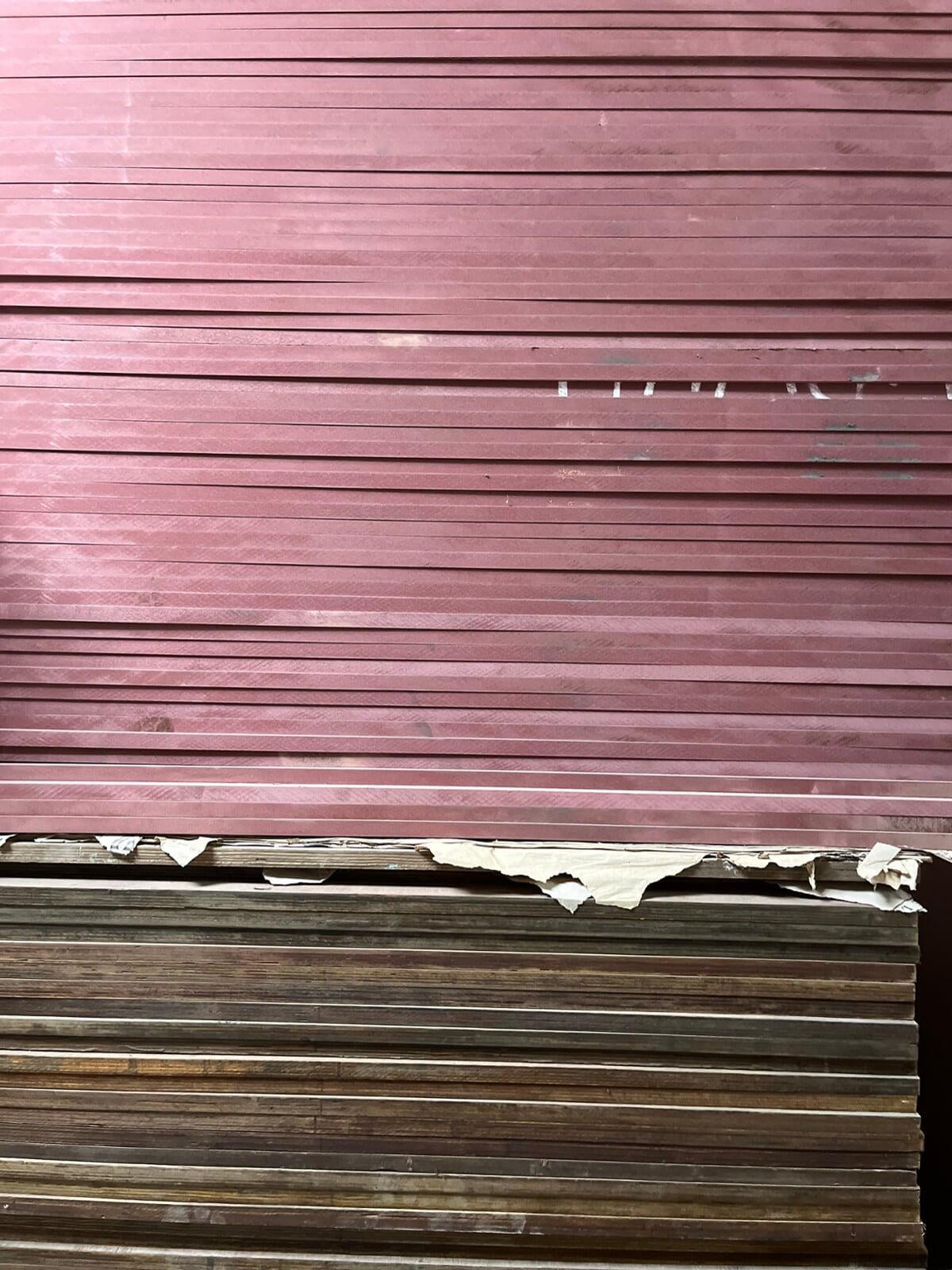Introduction
Medium Density Fiberboard (MDF) is a versatile and widely used material in furniture making, construction, and woodworking projects. One of the key factors to consider when working with MDF is selecting the right thickness for your specific needs. In this blog, we'll explore how to choose the perfect MDF thickness for your furniture and construction projects. Additionally, we'll discuss the different MDF board sizes available in the Indian market and their applications, providing you with valuable insights to make informed decisions.

Understanding MDF Thickness
MDF is available in a variety of thicknesses, ranging from thin sheets to thicker panels, each suitable for different applications. The thickness of MDF determines its strength, durability, and suitability for specific uses. Choosing the right thickness is essential to ensure the structural integrity and performance of your projects.
Consider the Application: The first step in selecting the right MDF thickness is considering the application of your project. Determine whether you need thin MDF sheets for crafts and decorative purposes or thicker panels for furniture making, cabinetry, or construction.
Evaluate Structural Requirements: Assess the structural requirements of your project to determine the appropriate MDF thickness. For load-bearing applications such as shelving, tabletops, or countertops, opt for thicker MDF panels to provide adequate support and stability.
Factor in Weight: Keep in mind the weight of the finished product when choosing MDF thickness. Thicker MDF panels are heavier and may be suitable for stationary furniture pieces or structural elements, while thinner sheets are lighter and more suitable for wall paneling or lightweight furniture.
Consider Machining and Joinery: The thickness of MDF affects its machinability and joinery options. Thicker MDF panels allow for deeper cuts, routing, and joinery techniques such as dadoes, rabbets, and dovetails. Consider the complexity of your project and the desired joinery methods when selecting MDF thickness.
Assess Cost and Budget: Take into account the cost and budget constraints when choosing MDF thickness. Thicker MDF panels are generally more expensive than thinner sheets due to the additional material and manufacturing process. Determine the balance between cost and performance that best suits your project needs.
Different MDF Board Sizes and Their Applications in the Indian Market:
3mm MDF:
- Applications: Back panels for cabinets, decorative wall paneling, photo frames, decorative products, crafts, and hobbies.
6mm MDF:
- Applications: Thin furniture components, drawer bottoms, cabinet doors, decorative trim, cnc cabinet shutter designs, and moldings.
9mm MDF:
- Applications: Lightweight furniture construction, shelving, partition walls, and interior door skins.
12mm MDF:
- Applications: Furniture making, cabinet construction, built-in shelves, countertops, and structural elements.
16mm MDF:
- Applications: Sturdy furniture construction, tabletops, workbenches, kitchen cabinets, and wall panels.
18mm MDF:
- Applications: Heavy-duty furniture, built-in wardrobes, shop fittings, structural framing, and construction.
Conclusion:
Choosing the right MDF thickness is crucial for the success of your furniture and construction projects. By considering factors such as application, structural requirements, weight, machining options, cost, and budget, you can select the perfect MDF thickness to meet your specific needs. Additionally, understanding the different MDF board sizes available in the Indian market and their applications will help you make informed decisions and achieve optimal results in your projects.






